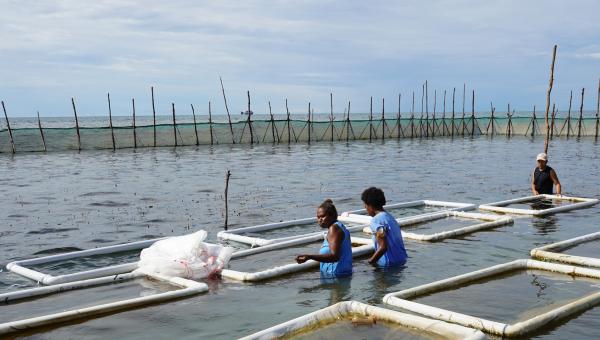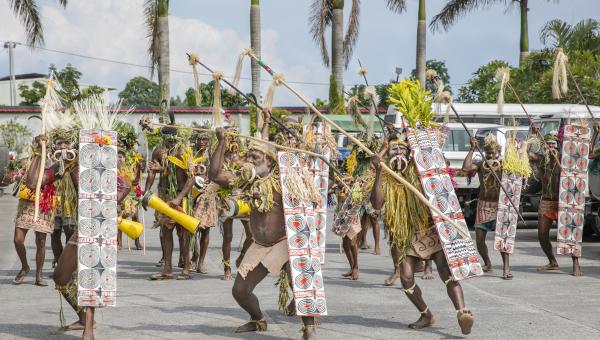Sustainable Financing of Papua New Guinea's Protected Area Network
Project Background
As the treasures of Papua New Guinea’s (PNG’s) biodiversity and natural resources rise higher on the public agenda, the government of PNG is working to fulfill its Protected Area mandate and to implement the Protected Area Policy.
Supporting this critical work calls for innovative and sustainable financing solutions that prioritise transparency, efficiency and accountability. This is the driving force behind the Sustainable Financing of Papua New Guinea’s Protected Area Network project.
In essence, this project aims to support the government in securing the financial resources required for Protected Area management. Beyond the initial acquisition of resources, the project is committed to their efficient management and allocation. The priority, always, is ensuring that Protected Areas get the financial support they need in a sustainable manner.
To this end, the project will support the PNG government in:
- Developing a diversified mix of innovative and conventional funding sources.
- Consolidating revenue to finance the ongoing costs of establishing and managing Protected Areas.
- Setting up a Biodiversity Fund – a secure, accountable and transparent financial mechanism responsible for receiving, administering and disbursing funds.
Project Objectives
A primary objective is to reduce the funding gap for PNG’s Protected Areas, in order to support their effective management, and the livelihoods of communal landowners. To achieve this aim, the project will operate through a system designed to:
- Provide catalytic and long-term financial support.
- Promote societal change by transforming institutions to become supporters and facilitators.
- Establish long-term partnerships.
Project Outcomes
Outcome 1: The creation of conditions that support and improve sustainability and the effective management of Protected Areas.
Outcome 2: Establishment of an operational Biodiversity Fund for PNG.
Outcome 3: The development of tested, piloted mechanisms for improving the management and financial sustainability of selected Protected Areas.
Expected Results:
- Financial sustainability of the Protected Area system in PNG increased to 58% (from the baseline of 9%).
- The fully constituted Biodiversity Fund is operationally functional and strategically focused on delivering long-term funding to support the establishment and management of the Protected Area system in PNG.
- The three newly designated Protected Areas score an average of 20% more than the baseline level on the Management Effectiveness Tracking Tool (METT).
- The number of people living in rural villages in and around Protected Areas, and who directly benefit from the Biodiversity Fund, exceeds a cumulative total of 1 200, of whom 65% are women and youth.
- The population of rare and endemic, globally threatened flora and fauna species in the Key Biodiversity Areas of Sepik Wetlands is maintained at the current level, or increased through improved protection.
- The integrity of the ecological cline of Mount Wilhelm and the surrounding areas is intact, with ecosystem services provided and biodiversity protected.
- The ecosystems of Kimbe Bay are healthy with an increase in the biomass of target and indicator fish species, coral, seagrass and mangrove cover.
Status: Active
Time Frame:
Project Start Date: 01 Sept 2018
Project End Date: 31 Aug 2026
Location: Papua New Guinea
Focal Area: Environment and Energy
Beneficiary: Government of Papua New Guinea
Partners:
- Conservation and Environment Protection Authority (CEPA)
- Provincial Administrations of Simbu, Madang, East Sepik and West New Britain
Donors:
GEF Trust Fund, UNDP TRAC Resources
Budget: USD $11.5 million
Project Duration: 2018 – 2026
Contact:
Mr. Tshering Penjor
Chief Technical Adviser
Email: tshering.penjor@undp.org
Related Materials
Impact
Projects:

 Locations
Locations





